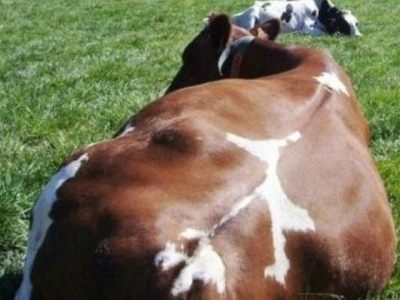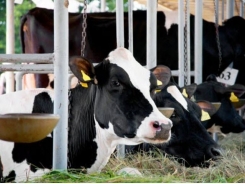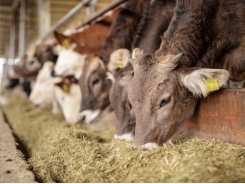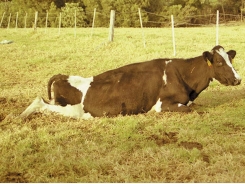No experimental evidence for magnetic alignment in cattle

Findings contradict earlier claims of south-north alignment in large animals that were based on direct or indirect observations only.
Cattle do not align their bodies in a south-north direction. Photo: ©Debby Weijers
The first experimental study on magnetic alignment in cattle by researchers from Wageningen University in the Netherlands does not reveal a south-north orientation in these large mammals when at rest, and strong neodymium magnets attached to their collar do not influence their alignment.
These findings contradict earlier claims of south-north alignment in large animals that were based on direct or indirect observations only, the university said.
Cattle, deer and dogs may align their bodies in a south-north direction, presumably in response to the Earth’s magnetic field, according to a series of publications over the past 10 years. Hence, large mammals were expected to do the same as the many insect, bird and reptile species that are known for their homing or navigating skills.
Wageningen said there is much experimental evidence supporting the magnetism-based homing and navigation skills in small animals. However, all studies on large mammals were purely observational. Some considered the orientation of deer beds in the snow, others observed dogs when defecating and yet others were based on the analysis of Google Earth imagery.
To put the claims of south-north alignment in large animals to the test, researchers at Wageningen carried out an experimental field study on 34 individual cattle in Portugal and recorded their body orientation at rest when they were individually equipped with or without a strong neodymium magnet fixed to their collar. The magnet would disrupt the possible geo-magnetic orientation, as suggested in earlier studies.
Contrary to the hypothesis, the 34 cows in the experiment showed no directional preference either with or without the neodymium magnet, Wageningen said.
A concurrent, direct and close-observational field study on the body orientation of 659 cattle on six farms in Portugal resulted in 2,428 daytime observations, excluding the hottest part of the day. The preferred compass orientation of these cows was, on average, northwest-southeast and differed significantly from the south-north alignment.
Further analyses revealed that the cow compass orientation correlated significantly with the sun direction, but not with the wind direction, the researchers said.
The researchers used individual animals repeatedly, both in the experimental test as well as during the concurrent close-range field observations, which risks pseudo-replication. To assess whether the different measurements on the same cow influenced statistical outcomes, all statistical analyses were carried out using a Monte Carlo bootstrap method.
Neither the experimental study with magnets nor the observational study on more than 600 individual cattle support previously published suggestions on the magnetic south-north alignment in these large mammals. Instead, they tend to react to environmental influences such as the position of the sun, the researchers concluded.
The research appears in Nature Today.
Related news
Tools

Phối trộn thức ăn chăn nuôi

Pha dung dịch thủy canh

Định mức cho tôm ăn

Phối trộn phân bón NPK

Xác định tỷ lệ tôm sống

Chuyển đổi đơn vị phân bón

Xác định công suất sục khí

Chuyển đổi đơn vị tôm

Tính diện tích nhà kính

Tính thể tích ao




 Feeding cattle: learn the basics
Feeding cattle: learn the basics  Why can’t that cow stand up?
Why can’t that cow stand up?